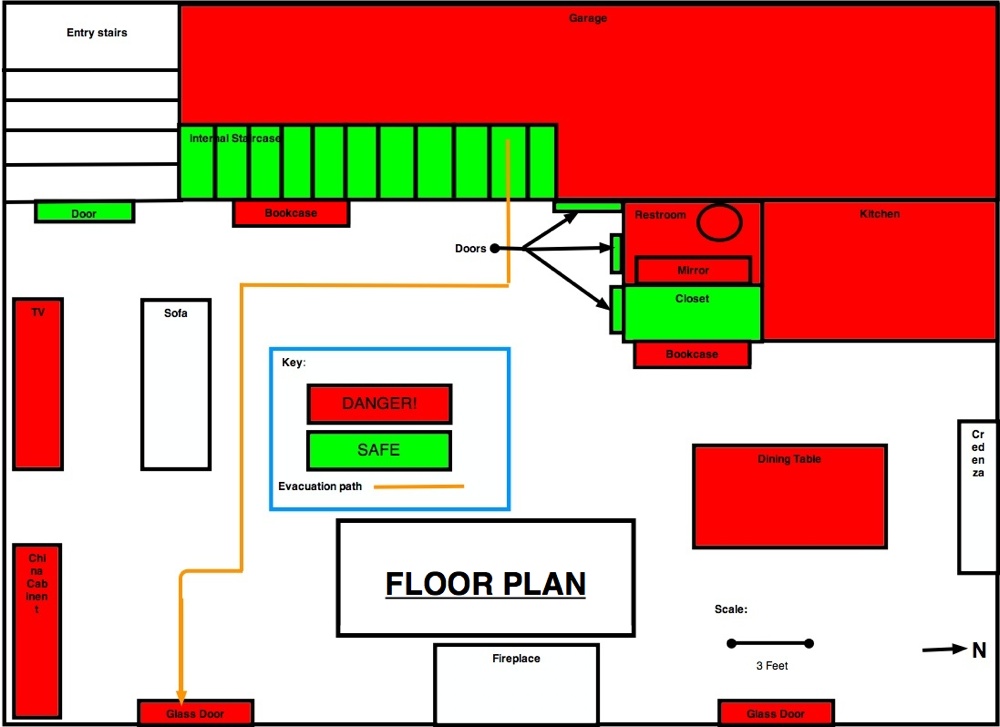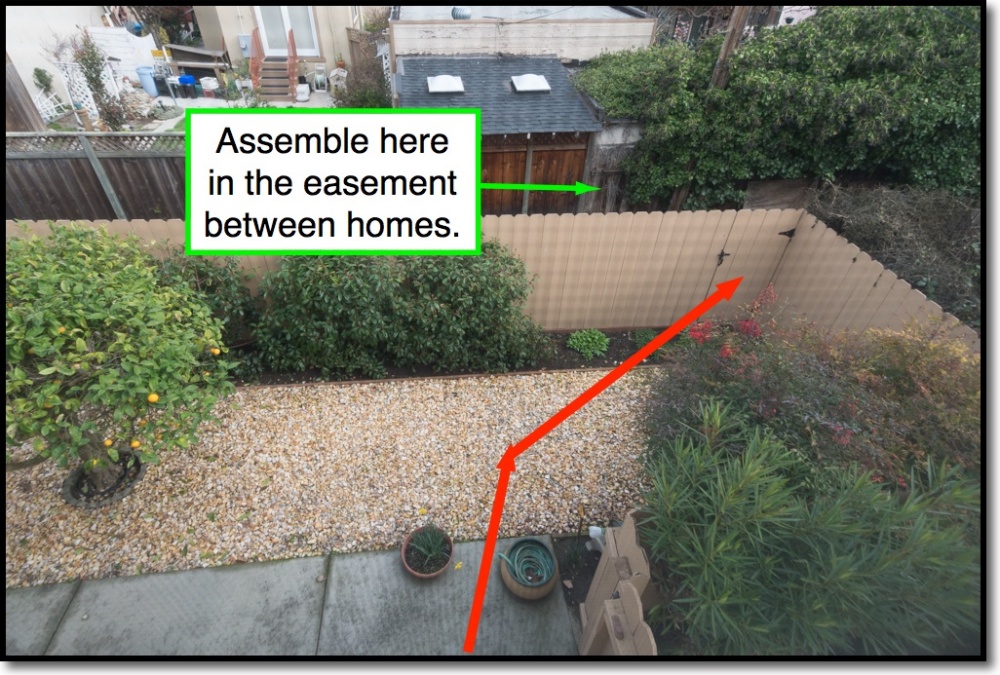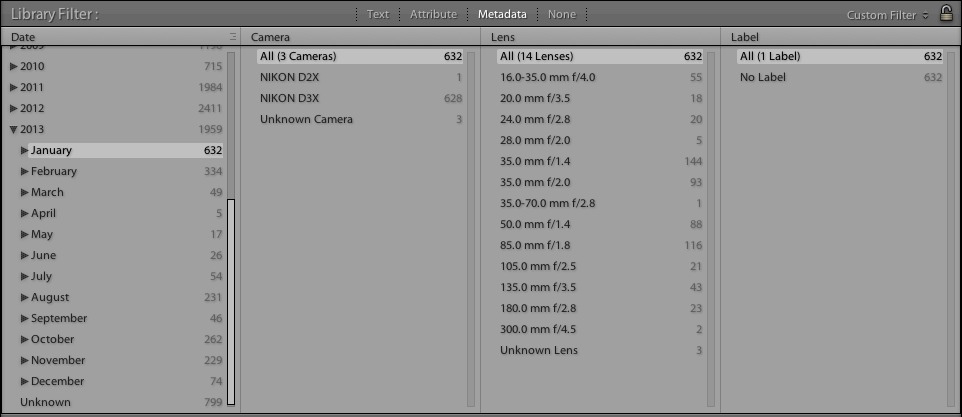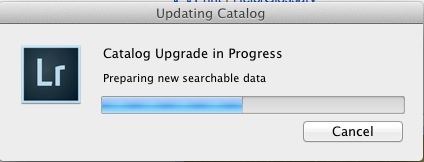No bullies allowed.
As I mentioned the other day, Adobe has bet the farm that it can stick it to customers, depending on its quasi-monopoly in image processing (Photoshop) by making the app available solely on line.
In addition to the artistic implications (Will I lose my files if I cease paying the monthly rent? What happens to my images when I die?) and economic issues (Will I get hosed down with rent increases just because ADBE’s greedy C-suite wants a pay hike?) there are simple obsolescence issues. As we know, seemingly every new digicam with RAW capability needs a new RAW converter before applications can import the images. When the Nikon D900 or Canon 5D/IV come along, you can bet they will need new RAW converters, so what’s a hold-out to do if he refuses to subscribe to Adobe’s tyranny by not signing up for Creative Cloud?
Right now the answer is simple. Lightroom users are not being forced to move to CC so they can import the new RAW images to LR – which has been very good about ACR/RAW converter updates – then round trip them to Photoshop CS6 or lower when the great processing powers of Photoshop are needed. Aperture users (Mac only) can do likewise, though Apple’s updates to its RAW converter have been generally significantly slower than Adobe’s to LR and PS.
Yet I suspect these are both short-term fixes.
Mindful of the lucrative prosumer user base for Lightroom (you know, old farts with disposable income who are not driving their net worth) it will not be long, I suspect, before greed trumps reality at Adobe and Lightroom will suffer the same fate as Photoshop and become available solely through CC. In fact that seems a certainty to me given what I wrote above. Meanwhile, the delay gives Adobe the chance to grease its whores, people who make a living from teaching Photoshop and the like, and tell them to convince the world that CC is a Good Thing.
And the Apple picture is no brighter. First, it’s Mac only so that leaves out 80% of computer users. Second, Apple has never shown any enthusiasm for the product as the increasingly slow delivery of new RAW converters confirms. Sure the same RAW converters are engineered to work with iPhoto but let’s face it, your average iPhoto user is not waiting breathlessly for the D900 to create and process RAW images in what is a decent if limited application.
Thus given that the next (last?) standalone version of LR will still have the great database and processing features on Macs or PCs, what is called for is a replacement for PS for those cases where LR (or Aperture) cannot do the job. These are increasingly few and far between but when you need PS, you really need it.
If you have one of the later versions of PS – CS4/5/6 – then it’s likely you are set for many years. Enhancements in PS are very minor nowadays, so you are not likely to be missing some killer feature which Adobe has added solely to the CC version. If you do not own PS, either buy a used version or try something like GIMP which I tried a couple of years ago and liked. There is a learning curve but the pain is eased by knowing that Adobe’s hand is no longer in your pocket.
And GIMP has one truly ‘priceless’ feature. It’s free.
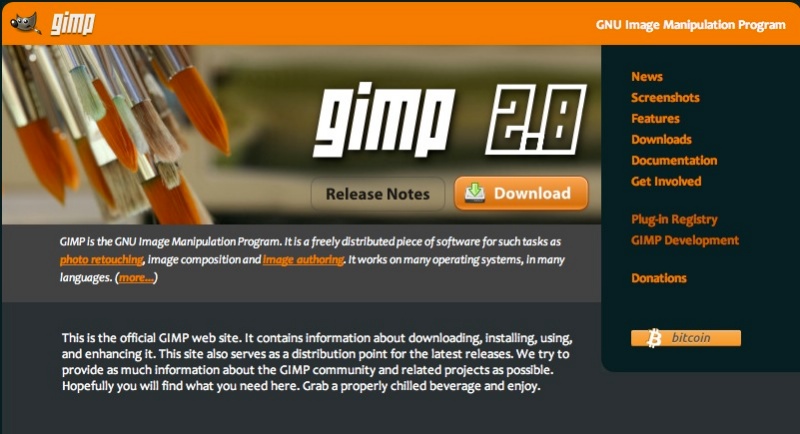
Click the image to go to the GIMP download area.
It’s Mac OS X only. PC users can try Corel’s PaintShop Pro for all of $70. It’s not the fastest on RAW updates but at $70 it’s cheap and is highly regarded, though as an OS X-only user I have no way of testing it.
How about RAW conversion for that D900 or 5D/IV? Mercifully there are many manufacturers of RAW converters which will allow the user to bypass Adobe. First, there’s the software which comes with your new D900. It may be awful, have a frightful UI and generally be a PITA but you only need it to convert your RAW files to lossless TIFFs then off they go to Aperture or Lightroom. That will always be a solution as digicam makers are not about to sell you a camera with no way of importing the images it makes. Doubtless Adobe will offer them bribes to include only CC licenses with the hardware but I do not see any digicam maker as being so dumb as to restrict buyers to one ugly solution.
Alternatively, you can use an aftermarket solution. While the piece is a bit dated, Steve Hoffmann does a fine comparison on his site here.
Phase One’s Capture One has a stellar reputation, seems to be a survivor, runs $300 for the whole thing and $100 for upgrades, and comes in both Windows and OS X versions.
Finally, many DSLRs offer the ability to save images to their SD or CF card in uncompressed TIFF format. I checked my Nikon D2x (7 years old) and D3x and both support TIFF. However, neither my Panny G1 or G3 offers this nor, best as I can tell, does the new Fuji X100S. TIFF is lossless and while the files are larger than RAW format ones, there is no dependence on a RAW converter to get to the processing stage.
Bottom line? Adobe will doubtless move Lightroom to the Creative Cloud and new RAW formats will not work with the desktop version. RAW conversion can be done in aftermarket apps far cheaper and Photoshop-like capabilities can be found at no cost in GIMP. Adobe’s prosumer base has started the long amortization to zero as of now. Once Adobe sees the numbers I would think there’s a fair chance they will reverse their policy but as the old saw has it “Cheat me once – shame on you, cheat me twice – shame on me”.
